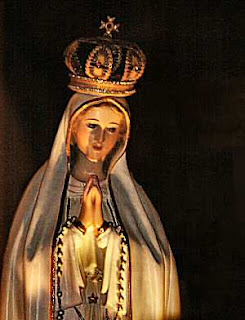 Early Catholicism came to be organized under the five patriarchs, the bishops of the Jerusalem, Antioch, Alexandria, Constantinople and Rome. The Bishop of Rome was at that time recognized as first among them, and doctrinal or procedural disputes were sometimes referred to Rome for an opinion. When the Imperial capital moved to Constantinople, Rome's influence was often challenged. While the Rome claimed special authority and descent from St. Peter2 and St. Paul, who, all agreed, were martyred and buried in Rome, Constantinople had become the residence of the Emperor and the Senate, and the churches at the Jerusalem, Antioch, and Alexandria were all older than Rome. Antioch furthermore was considered to have been the see of St. Peter, before he went to Rome.
Early Catholicism came to be organized under the five patriarchs, the bishops of the Jerusalem, Antioch, Alexandria, Constantinople and Rome. The Bishop of Rome was at that time recognized as first among them, and doctrinal or procedural disputes were sometimes referred to Rome for an opinion. When the Imperial capital moved to Constantinople, Rome's influence was often challenged. While the Rome claimed special authority and descent from St. Peter2 and St. Paul, who, all agreed, were martyred and buried in Rome, Constantinople had become the residence of the Emperor and the Senate, and the churches at the Jerusalem, Antioch, and Alexandria were all older than Rome. Antioch furthermore was considered to have been the see of St. Peter, before he went to Rome.The first great rupture in the Catholic Church followed by the Council of Ephesus (AD 431), which affirmed the Virgin Mary as Theotokos. The majority of those who refused to accept this Council were the Persian Christians, a Church now known as the Assyrian Church of the East. The next major break was after the Council of Chalcedon (AD 451). This Council repudiated Eutychian Monophysitism. The terms adopted by this Council were now unacceptable to many Christians who preferred to use a Christology formulated primarily in Alexandria. These Christians are now often referred to in English as the Oriental Orthodox Communion, thus treating "Eastern" and "Oriental" as not synonymous).
The next major rift within the Catholicism was in the 11th century. Doctrinal disputes, including that about the Filioque clause, conflicts between the methods of Church government, and perhaps the evolution of separate rites and practices, precipitated a split in AD 1054 that divided the Catholic Church once again, this time between a "West" and an "East". England, France, the Holy Roman Empire, Scandinavia, and much of the rest of the Western Europe were in the Western camp, and Greece, Russia and many of other Slavic lands, Anatolia, and the Christians in Syria and Egypt who accepted the Council of the Chalcedon made up the eastern camp. This division is called the East-West Schism. The most recent major split within the Catholic Church occurred in the 16th century with the Protestant Reformation, after which many parts of the Catholic Church rejected the leadership of the Rome and reformed themselves, becoming Protestant.
All of the preceding groups, including Protestants, consider themselves to be fully and completely Catholic. All of them are claimed to be either part of the Catholic Church or the only Catholic Church.

No comments:
Post a Comment